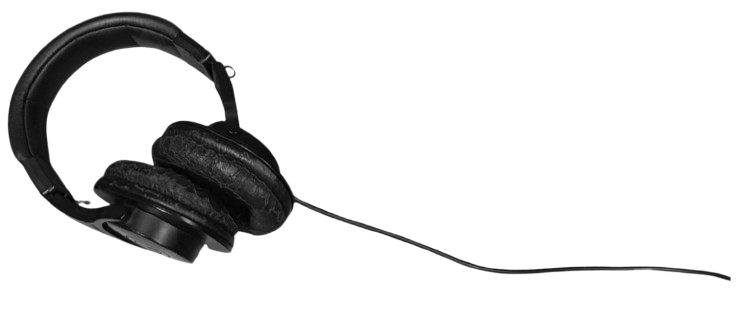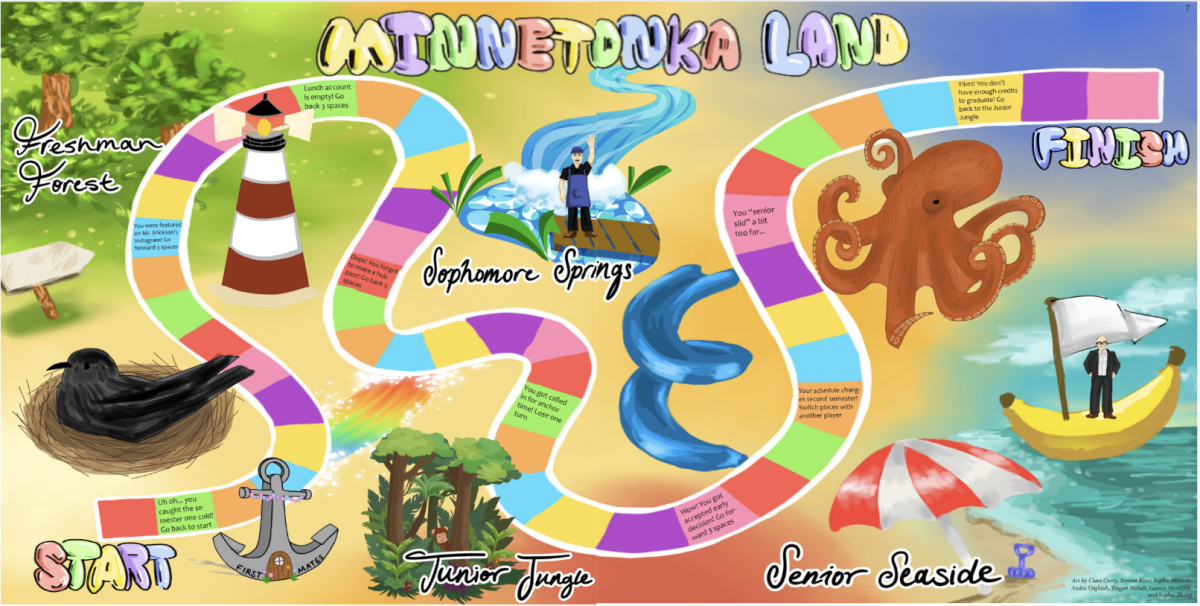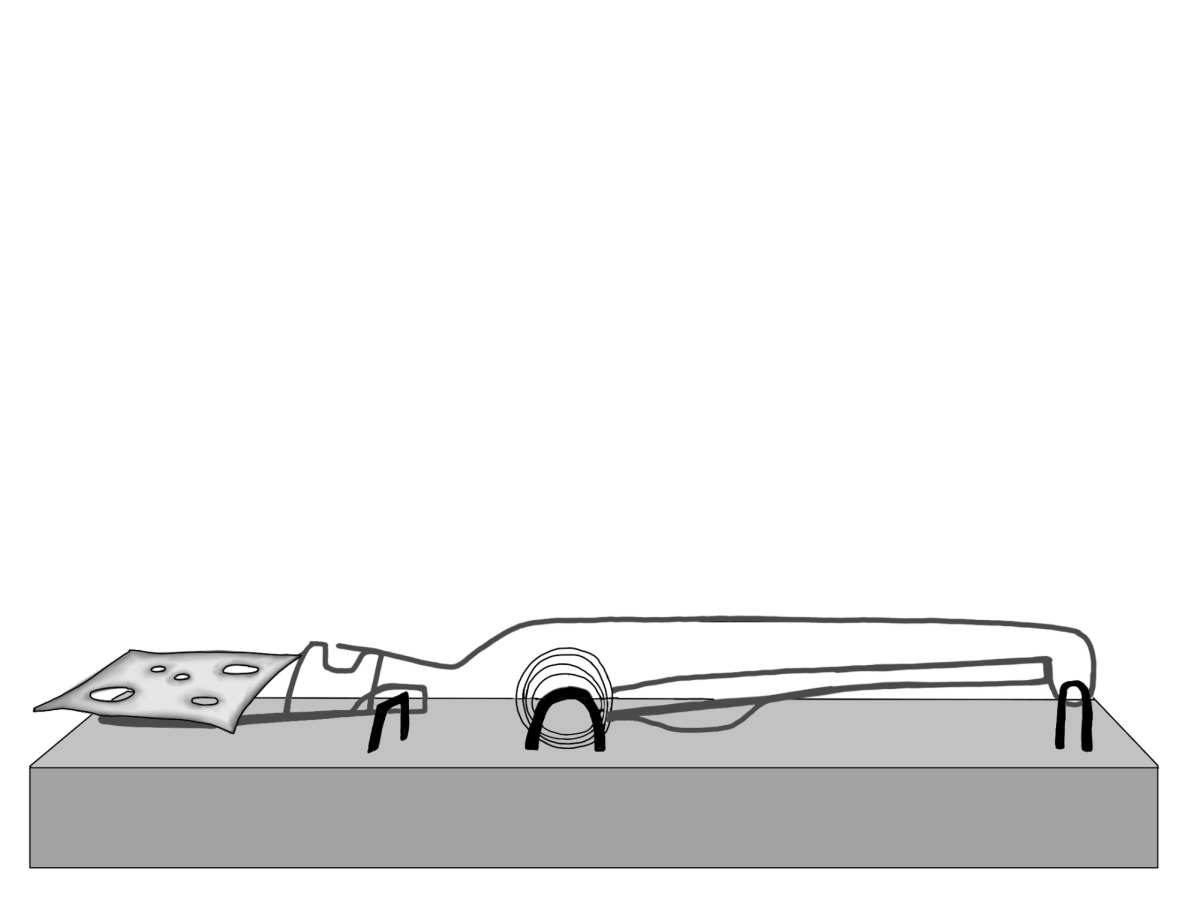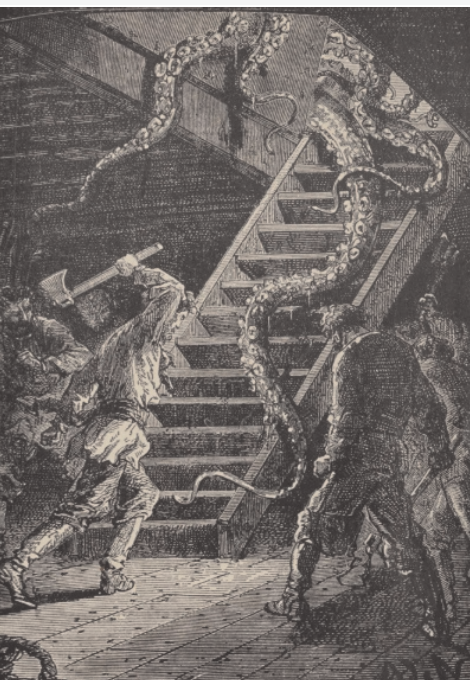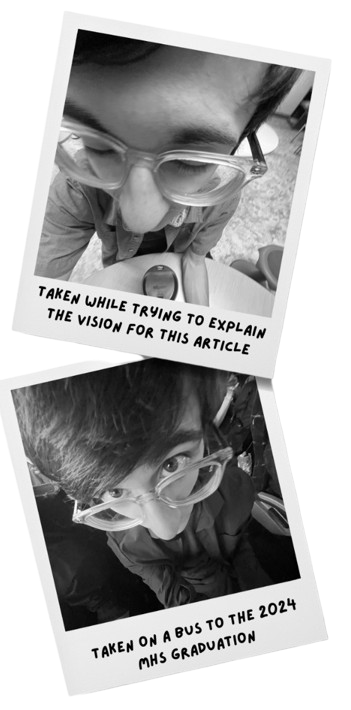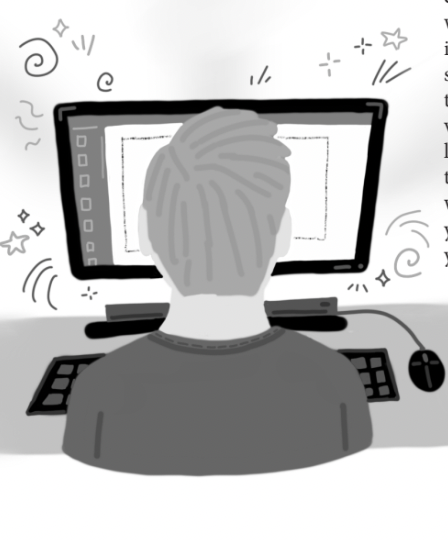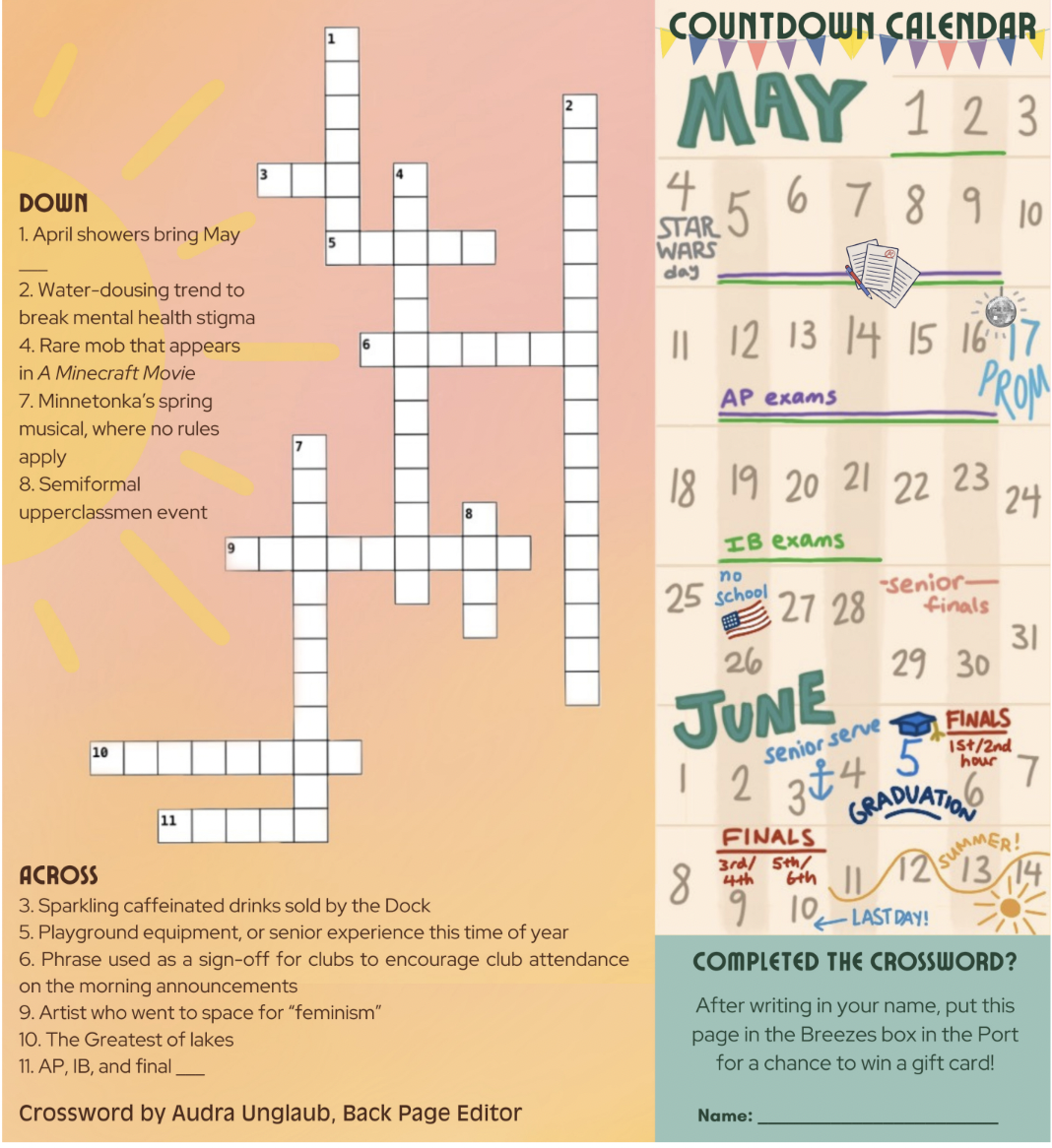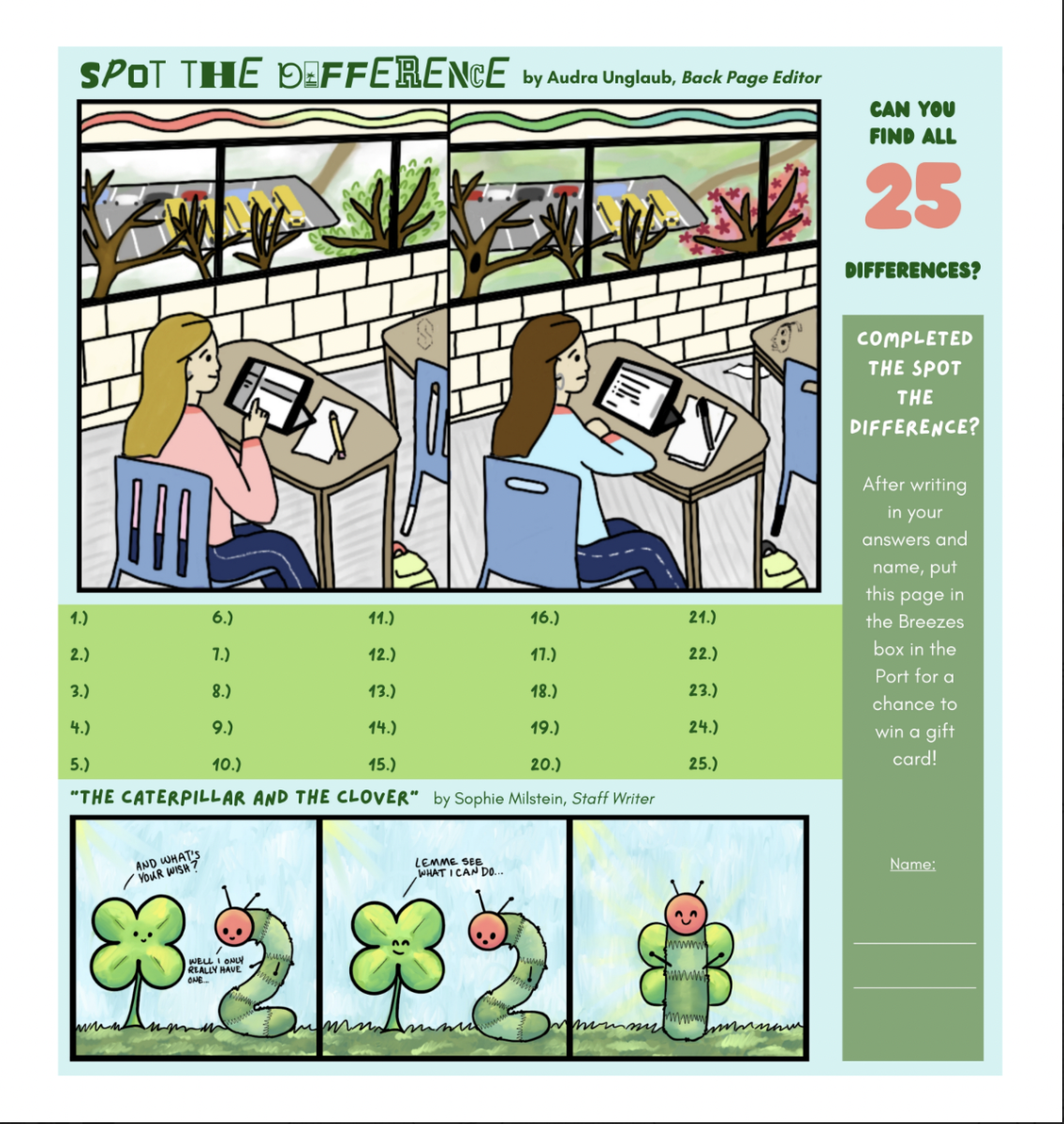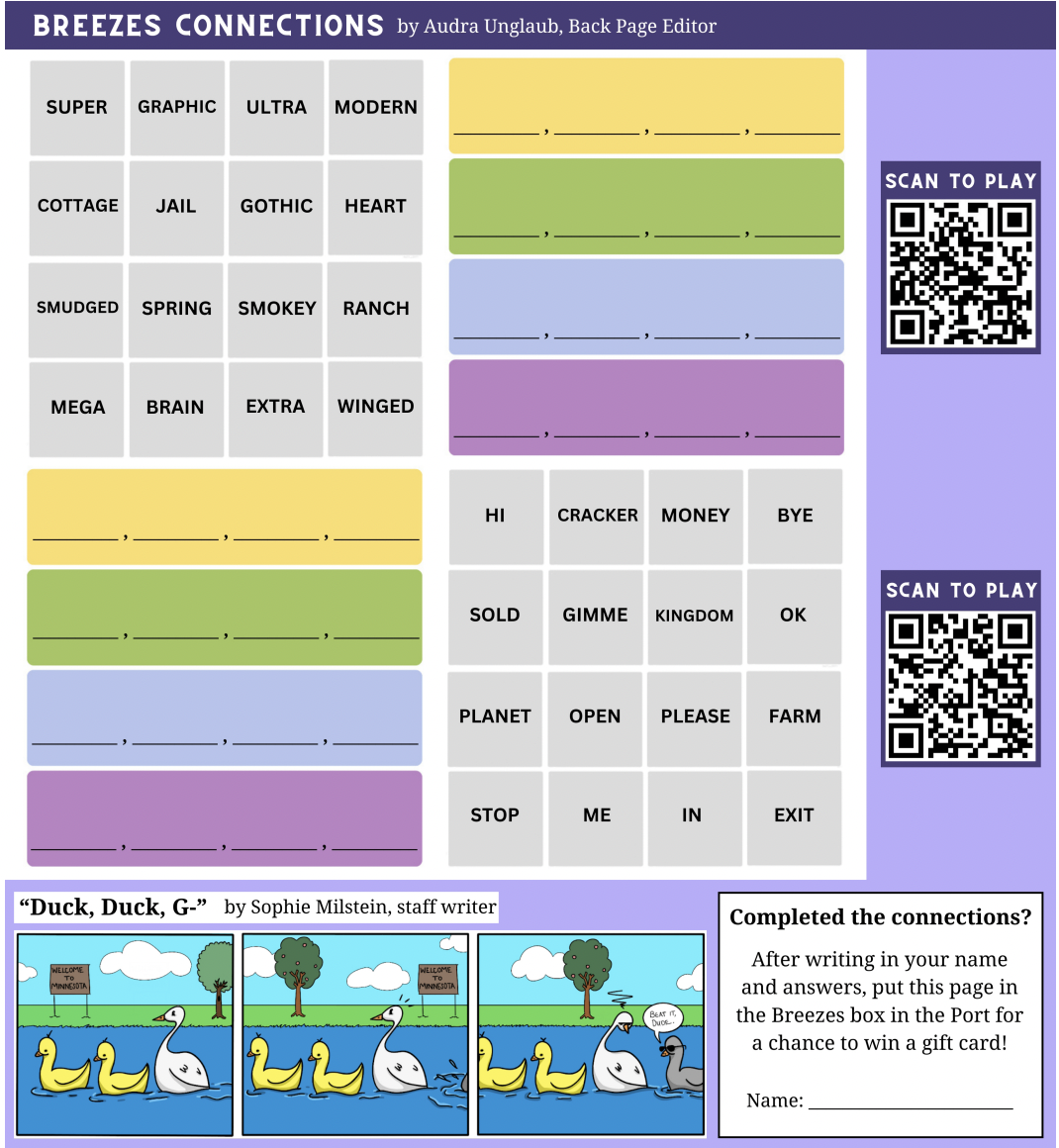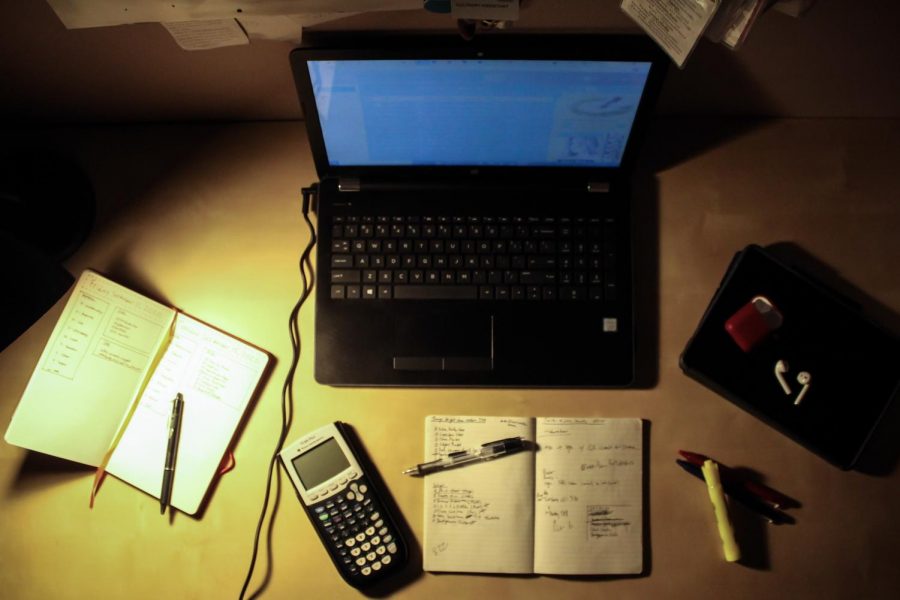Creating Productive Spaces and Habits During E-learning
September 25, 2020
“Sorry, could you say that again? Your mic is muted.”
Distance learning is still a challenge for a lot of us high school students, though we’ve come a long way. In March, the switch to e-learning was jarring for many of us; family situations, Internet access and other circumstances created difficulties in learning from home.
Through support and creative thinking, our community has learned to work around these challenges, and, although some still remain, students, staff, and parents alike now have more knowledge and resources during this unique period. As we carry our experience into the new year, an expert and student share tips to maintain a productive and healthy e-learning environment.
A great part of being productive, as everyone knows, is removing distractions from your working area. However, most are unaware as to how detrimental even small distractions, like sending a quick text or checking your email inbox, truly are.
Gloria Mark at the University of California, Irvine, found that an average office worker is interrupted every 11 minutes, and once interrupted, it took them about 25 minutes to come back to their original task.
High schoolers’ situations are somewhat similar. How many times have you stopped in the middle of an assignment to answer or read an email or perhaps to check your social media feed, then realize half an hour has passed? Digital disruptors combined with the distractions around the house make focusing even more of a difficult task.
Mark suggested that “people compensate for interruptions by working faster.” However, she noted, this comes at the cost of greater pressure and stress.
Removing all the distractions is impossible, but we can still take significant measures to create comfortable and reserved study spaces. Aim to study and attend class away from high traffic locations in your home, such as the kitchen or living room. Turning off your phone or leaving it in another room helps your thoughts stay on academics.
Marie Zissis, ‘23, leaves her phone on silent but keeps it nearby.
“That way I have easy access but minimal distraction,” she said.
In terms of ambiance, silencing notifications and turning off the TV eliminates sounds that can disrupt your work flow. If you enjoy a little background noise, finding a playlist of instrumental music might help you get into a focused mindset.
The visual aspect of a learning environment not only impacts productivity, but stress levels and motivation as well. Keeping a desk decluttered has been shown to reduce stress and improve focus. You can also increase your comfort and motivation to study by personalizing your workspace with some simple decoration or plants. Snake and spider plants are good choices as they purify the air, are easy to grow and are low-maintenance.
The key to establishing a morning routine is to figure out what wakes your body up and puts you in a learning mindset. By “hacking” your brain to associate focus and energy with a certain action, you can create a day-to-day pattern of events to activate productivity.
Zissis shares that the cold makes her feel more awake, along with drinking tea, especially on early mornings. Other steps that could be added to a morning ritual include dressing as you normally would for school, applying makeup, taking a cold shower, reciting affirmations, drinking water, reading, journaling, or doing exercise such as yoga or taking a walk. Even one of these habits can improve your day; the trick is discovering what works best for you.
Another useful habit is to write down your goals for the day or before beginning to study. A Harvard study has found that people who write down goals are ten times more successful than others who don’t write their goals down. By physically acknowledging what you wish to accomplish, you are more likely to get things done, tackle your biggest priorities and feel accomplished when you do.
In light of distance learning, Zissis has started using reminders and writes things down more frequently because it helps her conquer procrastination. She also recommended graph paper as a neater, more aesthetically pleasing note-taking medium.
“Not only does it make you write neater, it’s [also] cathartic to doodle on and helps create visually stimulating, focus-worthy notes,” she said.
By setting up your workspace for success and building your own organizational habits, staying productive seems much simpler. Whereas we cannot control every aspect of our lives, using our power to shape ourselves and the environment around us can lead us to academic success.


